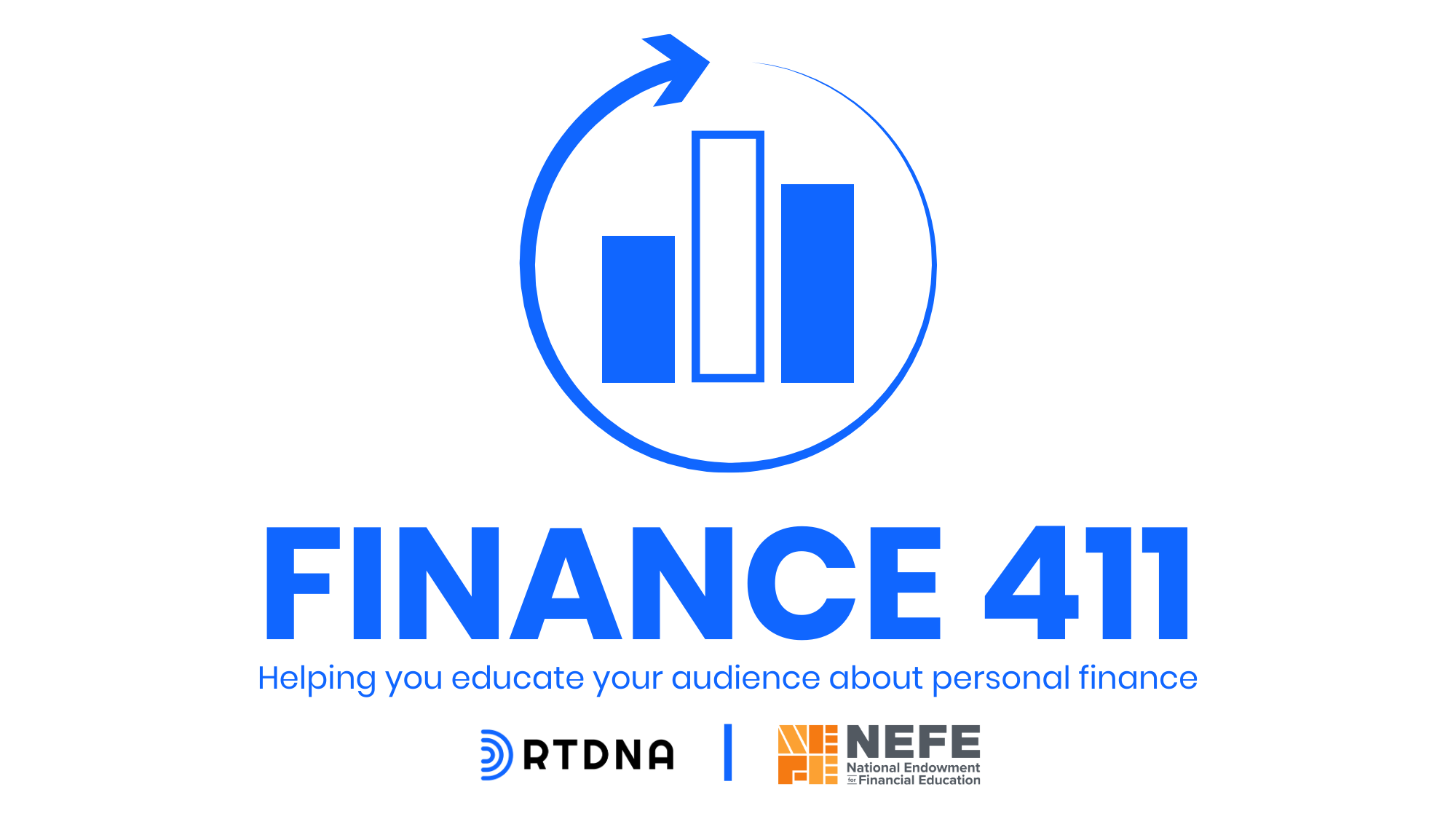Money Matters: When is a mobile data deal not a deal?

“Wow! $15 a month for unlimited talk, text and data.”
Advertisement or news site headline? Sometimes, it’s hard to tell. But reporting is about adding context, not about advertising or providing companies “earned media.” Independence is a guiding principle of the RTDNA Code of Ethics. It doesn’t take much to cover the low-hanging fruit of sales, openings or promotions with a more journalistic eye, and it will be much more helpful to your audience.
So how do you cover that big cell phone plan promotion?
It starts with helping your audience ask the right questions. When is a deal not a deal? How do you know if it’s too good to be true? What type of buyer might benefit from a service- and who might be better off with a different option?
Here are some specific questions to ask in a “choosing the right cell phone plan for you” story:
Does it include taxes and fees? Most advertised rates likely do not include taxes and fees, which raise the total cost of a plan. Help your audience calculate the actual monthly cost of a plan by looking at taxes in your area. Try a “send us your bill” call to action to compile data on how much your viewers are paying in additional costs.
What about devices? Does the sale price apply only if the customer also purchases a device, or require a customer to have one already? Many mobile contracts now include monthly costs to lease a device, so consumers may not realize they cannot take their phone with them should they switch providers. Are there lower-cost options for purchasing devices than from mobile carriers?
Have you considered the costs of getting out of a current contract? A deal might be a cost-saver from a consumer’s current bill, but they may not be considering the costs associated with switching. Many mobile providers require multi-year contracts with fees for opting out early. On the other hand, it may be worth the hit in the long run. Can you show how long it would take to recoup the costs of switching and start saving?
For how long is the discount rate available? Is the limited time promotion also advertising an introductory rate that will revert to a higher regular price after a given period? If so, consumers should consider whether the regular rate will still be a good deal. On the other hand, consumers may be able to lock in the discounted rate for a longer period, but are there any catches, like required contracts?
Is an unlimited plan necessary or cost effective? Here’s something your audience members may not know: how much mobile data do they typically use in a month? Most mobile plans are priced based on data usage. While there can be steep fees for using more data than your plan allows, are unlimited plans always the best option? Do a test yourself. Track your own data usage for a week. Can you tell what uses the most data? Where does your own monthly use fit into common provider plan tiers? You may find your own data use fits into a lower-cost tier, an option your audience could consider. On the other hand, how might that add up for users on a family plan? When does unlimited make sense?
Adding a line or two about any one of these additional considerations can help you make your audience smarter consumers and transform your story into a valuable piece of consumer journalism.
Weekly Money Matters personal finance content for your newsroom is sponsored by the National Endowment for Financial Education.
